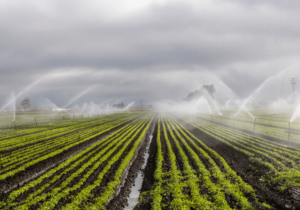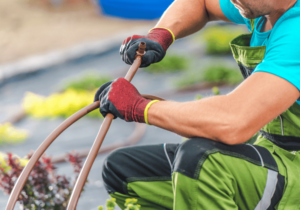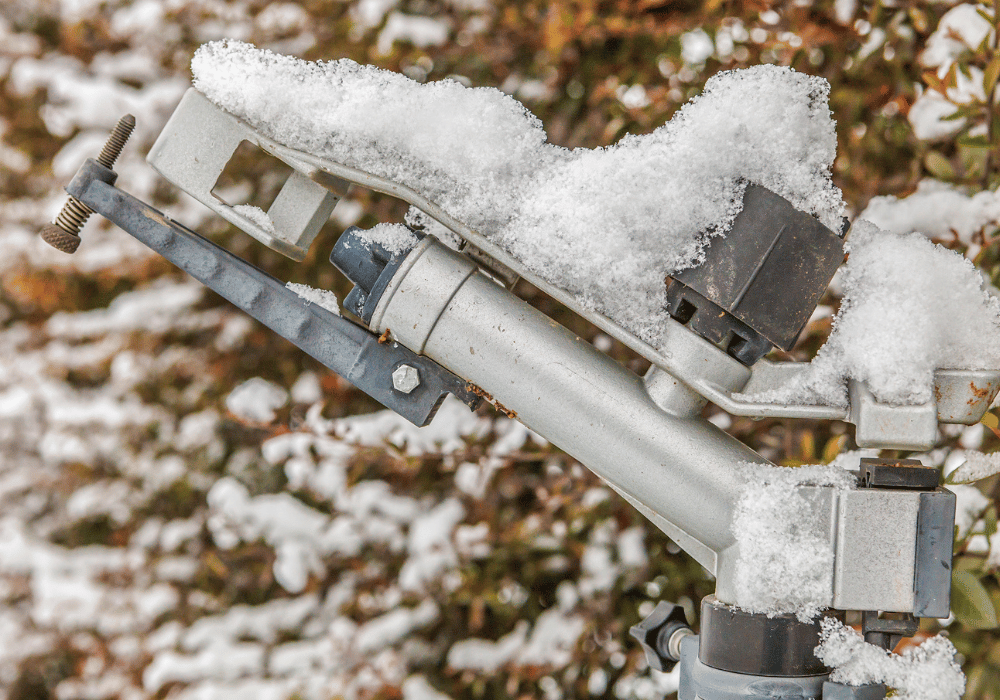Winter is coming, and while that might mean cozy nights by the fire for some, for farmers, it signals a crucial task—preparing irrigation systems for the freezing months ahead. Ignoring this essential maintenance can lead to costly repairs and a delay in spring planting. For farmers, their livelihood depends on the health of their crops, making it vital to winterize irrigation systems effectively.
In this guide, we’ll walk you through everything you need to know about protecting your irrigation system from winter’s icy grip. From understanding the types of systems and recognizing signs of damage to step-by-step instructions for winter preparation and post-winter assessment, we’ve got you covered.
 Understanding Your Irrigation System
Understanding Your Irrigation System
Irrigation systems are the lifeline of any farm, ensuring that crops receive the water they need to thrive. Understanding what type of system you have is the first step in winterizing it. The most common types include drip irrigation, sprinkler systems, and surface irrigation. Each comes with different components and maintenance needs.
Drip irrigation systems use a network of tubes to deliver water directly to the base of each plant. Sprinkler systems, on the other hand, distribute water through a series of overhead pipes. Surface irrigation relies on gravity to move water across the land. Knowing the type of system you have will help you better prepare for winter.
Components such as pumps, valves, pipes, and timers are integral to the efficiency of your irrigation system. Properly maintaining these parts ensures that water flows smoothly to your crops. When any one of these components fails, it can disrupt the entire system.
Signs of Winter Damage
Winter can be brutal on irrigation systems, leading to problems that might not surface until it’s too late. Recognizing the signs of winter damage can save you time and money. Cracked pipes, leaking valves, and malfunctioning sprinklers are common problems caused by freezing temperatures.
Frozen water expands, causing pipes to crack or burst. Valves can become stuck, and sprinkler heads can be damaged by ice. If left unchecked, these issues can lead to water wastage and inefficient irrigation come springtime.
Winter damage doesn’t just end at the system itself; it affects crops too. Inconsistent or inadequate watering in early spring can stress plants, leading to reduced yields. Addressing these issues before they escalate is crucial.
Steps to Prepare Your Irrigation System for Winter
Draining Water
Draining water from your irrigation system is the most critical step in winterizing. Water left in the pipes can freeze and expand, causing them to burst. Begin by shutting off the main water supply and opening all valves to allow water to escape.
Different systems require different approaches. For drip irrigation, carefully remove and drain lines, ensuring no water is trapped. In sprinkler systems, air blowouts can help remove water from pipes. Always follow manufacturer guidelines to avoid damaging your system.
Insulating Pipes and Valves
Insulation is key to protecting vulnerable parts of your irrigation system. Foam pipe insulation, heat tape, and thermal blankets are effective options. Choose materials based on your climate and system type.
Start by wrapping pipes and valves in insulation, ensuring no gaps where cold air could enter. Secure the insulation with weatherproof tape. Insulating your system prevents freezing and extends its lifespan.
Protecting Above-Ground Components
Above-ground components, such as hoses and sprinkler heads, are especially susceptible to freezing. Detach hoses and store them indoors. For sprinkler heads and other exposed parts, use protective covers.
Consider building shelters or enclosures around exposed components. This added protection can help reduce the risk of freezing and damage during harsh winter months.
 Maintenance Checks
Maintenance Checks
Regular maintenance checks before winter can prevent minor issues from turning into major headaches. Begin by inspecting all parts of your irrigation system, looking for wear and tear.
Address any leaks, cracks, or blockages immediately. Check that all timers and controllers are functioning properly. Performing these checks ensures that your system is in top shape for winter and ready to go in spring.
Post-Winter Assessment
Winterizing doesn’t end when the snow starts to melt. A thorough post-winter assessment is essential to catch any damage that may have occurred. Start by slowly reactivating your system, and checking for leaks or unusual noises.
Inspect each component, paying special attention to pipes, valves, and sprinkler heads. Look for cracks, rust, or other damage. Repair or replace any compromised parts to ensure your system is ready for the growing season.
Regular maintenance and prompt repairs can save you from costly issues down the line. By conducting a post-winter assessment, you ensure your irrigation system continues to operate efficiently.
Preparing your irrigation system for winter is a task no farmer should overlook. By taking proactive steps to drain water, insulate components, and perform maintenance checks, you protect your system from winter’s harsh effects.
Making this an annual practice can lead to better crop yields and cost savings. Don’t wait until spring to discover problems—winterize your irrigation system now and enjoy peace of mind knowing your crops will have the water they need when they need it. For more tips and resources on irrigation systems, consider exploring agricultural extension programs or consulting with irrigation specialists. Taking the time to winterize properly is an investment in the future of your farm.

























